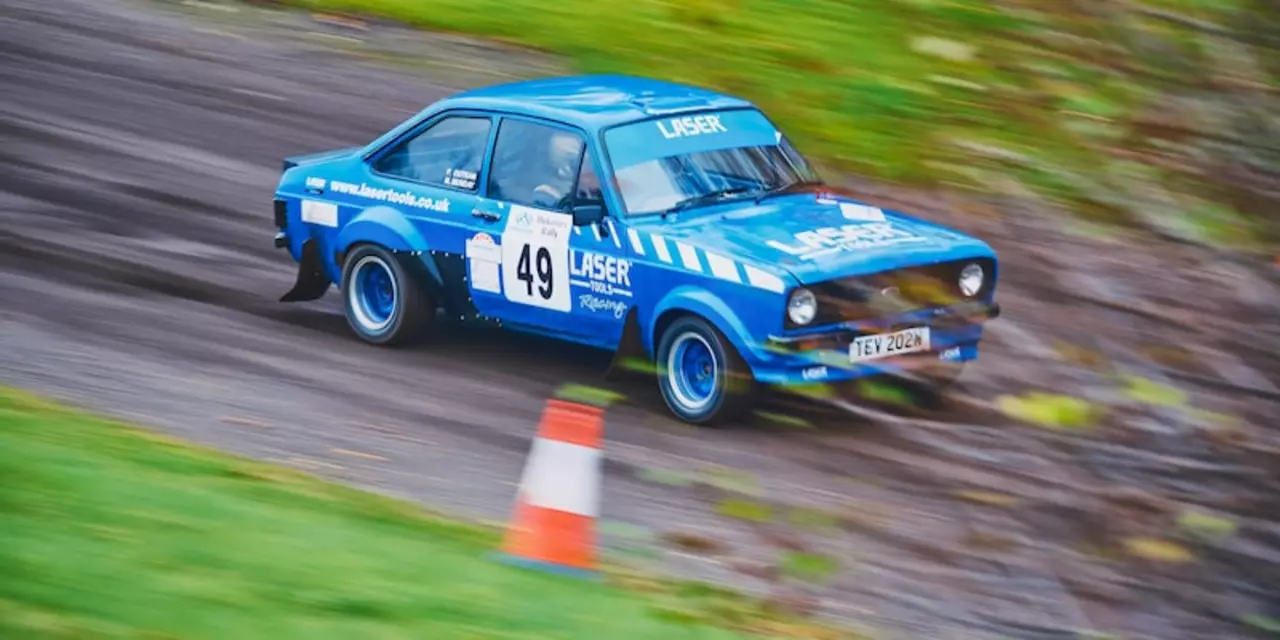Driving Tips for Rally Racing – Tricks, Gear & Off‑Road Basics
If you’ve ever watched a rally car slide through a mud‑splattered turn and thought, “How do they do that?”, you’re in the right place. Driving in rally isn’t just about speed; it’s about control, timing, and making the car obey your commands on loose surfaces. Below are practical pointers you can start using right away.
First off, treat every corner like a puzzle. Unlike circuit racing where the track is predictable, rally stages throw rocks, gravel, and sudden elevation changes at you. Scan the road ahead, pick a line that lets you stay upright, and keep the throttle smooth. A sudden burst of power on ice or loose gravel can flip the car before you even finish the turn.
Mastering the Handbrake
The handbrake is your secret weapon for tight hairpins and surprise chicanes. Pull it just enough to lock the rear wheels, let the car rotate, then ease off as the front wheels take over. Too much pull and you’ll spin out; too little and you’ll miss the angle. Practice the “pull‑and‑release” motion on a safe, empty lot first, then bring it to a stage where you need a quick swing around a corner.
Handbrake technique also helps when you’re stuck on a hill. Pull it to hold the car in place, step on the clutch, give a bit of gas, and release the brake as you move forward. It’s a simple trick that saves you from rolling back and losing momentum.
Choosing the Right Drive Layout
Front‑wheel drive (FWD) cars can be surprisingly competitive in rally if you know their strengths. They pull the car forward, which gives you predictable understeer on loose surfaces. That means the car wants to go straight when you let off the gas—useful when you need stability on gravel.
Rear‑wheel drive (RWD) and all‑wheel drive (4WD) provide more traction when accelerating out of corners, but they can be twitchier on slippery sections. If you’re new, start with a mild FWD setup, focus on smooth steering inputs, and gradually experiment with RWD or 4WD as your confidence grows.
Don’t forget about tire choice. A soft, grippy compound works great on wet or icy roads, while a harder tread handles rough stone better. Swap tires based on the stage conditions and you’ll notice a huge difference in how the car sticks to the ground.
Another key player is your co‑pilot. Their pace notes are the roadmap for the whole stage. Listen carefully, trust the timing, and let the notes guide your braking and acceleration points. A good co‑pilot can shave seconds off your time simply by delivering clear, concise instructions.
Finally, keep safety front and centre. A sturdy helmet, harness, and roll cage are non‑negotiable. Rally can be unforgiving, so always check your car’s brakes, suspension, and fluids before heading out. A well‑maintained car responds better to your inputs, making it easier to pull off those high‑speed drifts.
Rally driving is a blend of skill, equipment, and attitude. Master the handbrake, pick the right drive layout, respect your co‑pilot’s notes, and stay safe. With these basics, you’ll be turning corners like a pro in no time. Ready to hit the next stage? Grab your gear, fire up the engine, and let the road test your new skills.

Does simulated dirt rally racing help with real life rally driving?
Simulated dirt rally racing can improve a driver's real life rally driving skills. The simulation offers an immersive experience, allowing the driver to hone their skills in a realistic, yet safe environment. It also allows them to practice their driving techniques and strategies without the risk of damaging their vehicle. Simulated rally racing can help drivers to become more aware of their surroundings and to better understand how to react to road or terrain changes. Additionally, it can help drivers to become more familiar with the cars they will be driving in actual rally events. Finally, simulated dirt rally racing can help drivers to develop the confidence they need to tackle the challenges of a real rally course.